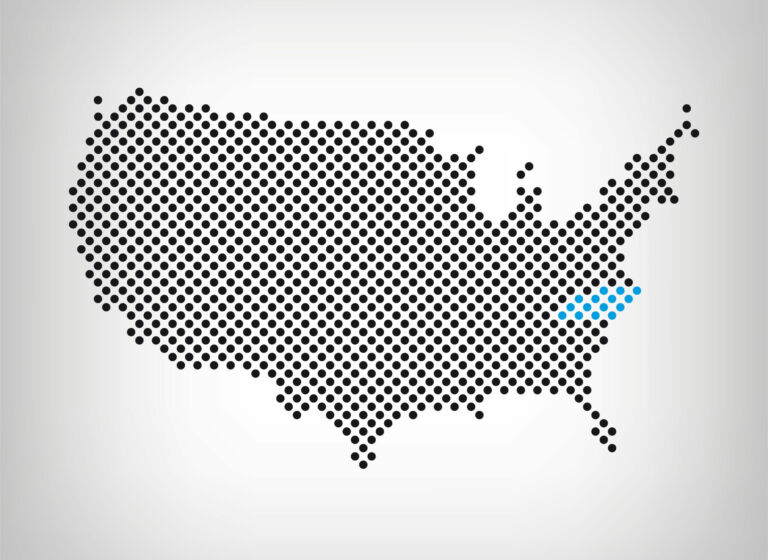Alex Adrianson notes for the Heritage Foundation’s “InsiderOnline” blog that polls show many people are misinformed about critical public policy issues.
Most voters, for example, seem to think the tax code sticks it to the little guy while letting the fats cats slide. According to the poll, only 4 percent of Democratic voters and 31 percent of Republican voters know that the top 1 percent of income earners pay a higher federal tax rate than the middle class. According to the Congressional Budget Office, the top 1 percent pays an average federal tax rate of 29.4 percent. Meanwhile, the 20 percent of taxpayers exactly in the middle of the income distribution pay only 11.5 percent. [See: “The Distribution of Household Income and Federal Taxes, 2010,” Congressional Budget Office, December 2013]
Voters, especially Democrats, are also confused about how much of the federal budget is devoted to defense spending. The poll found that only 18 percent of Democratic voters and 58 percent of Republican voters know that the federal government spends more money on social programs than on national defense. In fact, roughly 60 percent of federal spending goes to social programs, and only about 20 percent goes to national defense. [See: “National Debt Facts,” by James D. Agresti. Just Facts Foundation, April 26, 2011, updated December 2, 2013]
One more finding: Voters in both parties significantly overestimate how big a problem hunger is. The poll found that only 6 percent of Democratic voters and only 13 percent of Republican voters know that on an average day in America, less than 1 percent of households with children have even one child who experiences hunger. The precise figure, according to the U.S. Census Bureau is 0.18 percent. [See: “Hunger Games: Reporters and Pundits Greatly Exaggerate Hunger in America,” by James D. Agresti, Just Facts Daily, April 11, 2013]
Based on these three questions alone, there would appear to be a lot of low-hanging fruit for conservatives working to educate the public about issues like inequality, federal spending, and poverty.


